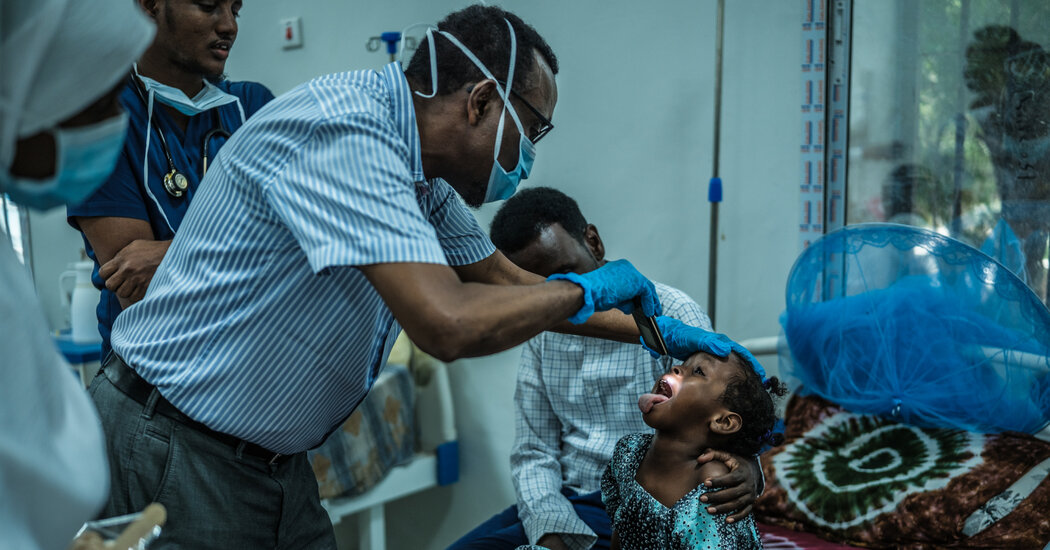Qurraisha Mukhtar’s two youngest children fell sick in early September, with a fever, cough and short gasping breaths. Their throats turned white, their necks swelled. She asked a healer in the neighborhood for a remedy, but 1-year-old Salman’s struggle for air grew much worse one night and he died. The next day, Hassan, 2, began to choke, and he died, too.
Ms. Mukjhtar, who lives with her family in a stick-and-tin shack on the edge of Mogadishu, the capital of Somalia, could not sit and grieve, because two more of her children began to show signs of the same illness. She and her husband appealed to friends and relatives and scraped together the money to take them to a hospital in a three-wheeled taxi.
At Demartino Hospital in the center of the city, she was directed to a new building erected during the first year of the Covid-19 pandemic. These days, it has been repurposed to respond to an old foe: diphtheria, a horrific and vaccine-preventable disease, which is infecting thousands of children and some adults too.
Diphtheria is caused by a bacteria that produces a powerful toxin that kills cells, usually in the throat and tonsils, creating a thick, gray membrane of dead tissue that can grow large enough to block the airway and cause suffocation. It is particularly dangerous in young children with small airways. If caught early, it can be treated effectively with antibiotics, but if not, cases can swiftly turn fatal.
It is among the diseases that were relics of prevaccine days but have resurged in recent years, with mass displacement driven by climate change and war. The disruptions in routine immunization that came with Covid- and its stress on global health systems, and the rise in vaccine hesitancy, have fueled their spread.
The post Diphtheria, a Once Vanquished Killer of Children, Is Resurgent appeared first on New York Times.




